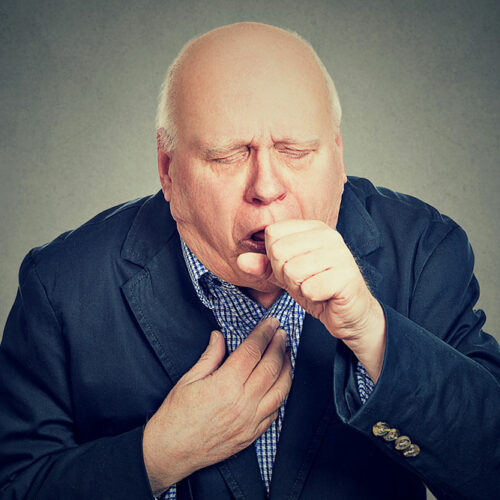
Chronic Pain – Causes and Management Options
Feeling pain is healthy as it is the body’s mechanism of signaling that something is not right. In fact, people who can’t feel pain like leprosy victims are often at risk of severe injuries like burns. Normal pain is supposed to be momentary even while it is acute. Even in the case of severe injuries, the pain will last until the wound is healed. When pain lasts longer than a healed injury or condition, it is termed as chronic pain. Severe chronic pain can be disabling as it reduces flexibility, mobility, and strength. The number of people seeking chronic pain management tips keeps on growing due to a myriad of factors. Chronic pain affects about 100 million people in the country alone. What causes chronic pain? It has been found that there are two characteristics that set apart chronic pain from acute pain. Chronic pain lasts for longer than six months. This usually happens when injuries fail to heal properly, when there is nerve damage, and when the joints or bones are affected by injury or aging. Neurologists are of the opinion that chronic pain happens when the nervous system remains in a permanent reactive state even after an injury heals. This reactive state becomes a cycle as the persistent pain elevates the reactivity in an upward spiral of pain. Neurologists say this leads to a state known as central sensitization, characterized by pain spreading to other parts of the body in proximity to the affected body parts. Chronic pain is often accompanied by other physical and mental problems. Sleep disorder, fatigue, lack of appetite, and irritability are commonly observed in people with chronic pain. Some of the more common types of chronic pain include the following: Lower back pain Neck pain Arthritis Cancer Damaged nerve pain Psychogenic pain (also known as ghost pain) While the main causes and mechanisms of chronic pain are yet to be fully understood, people with the following conditions are likely to suffer chronic pain:
Read More 






